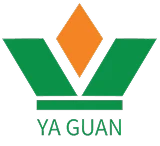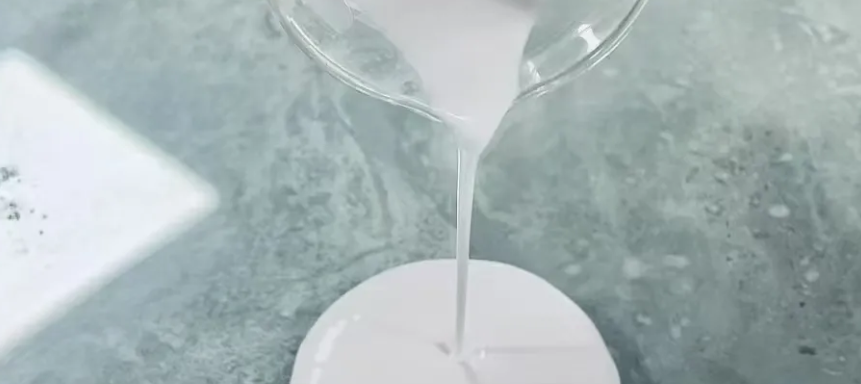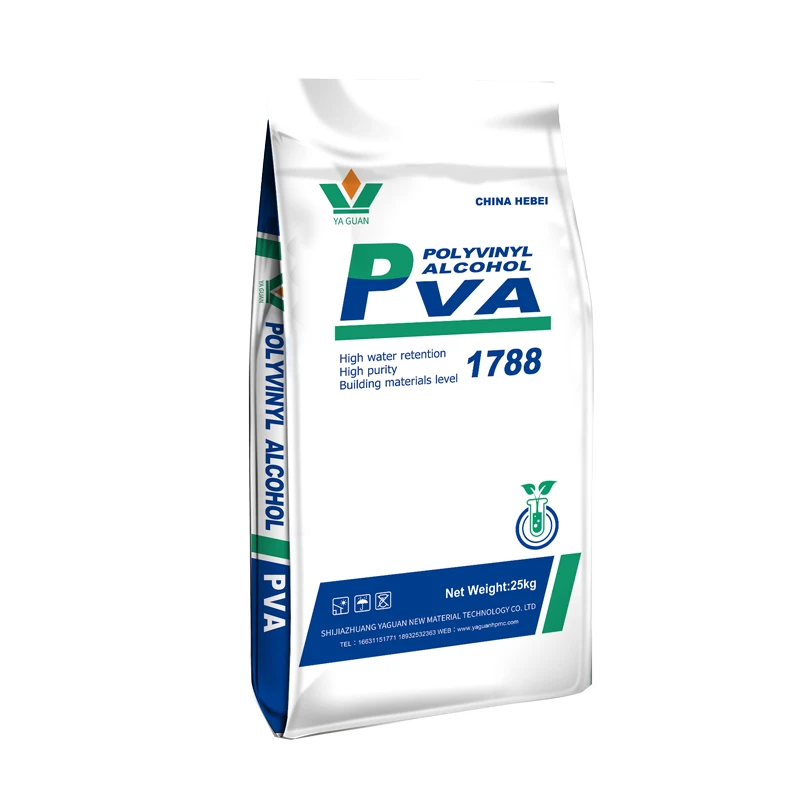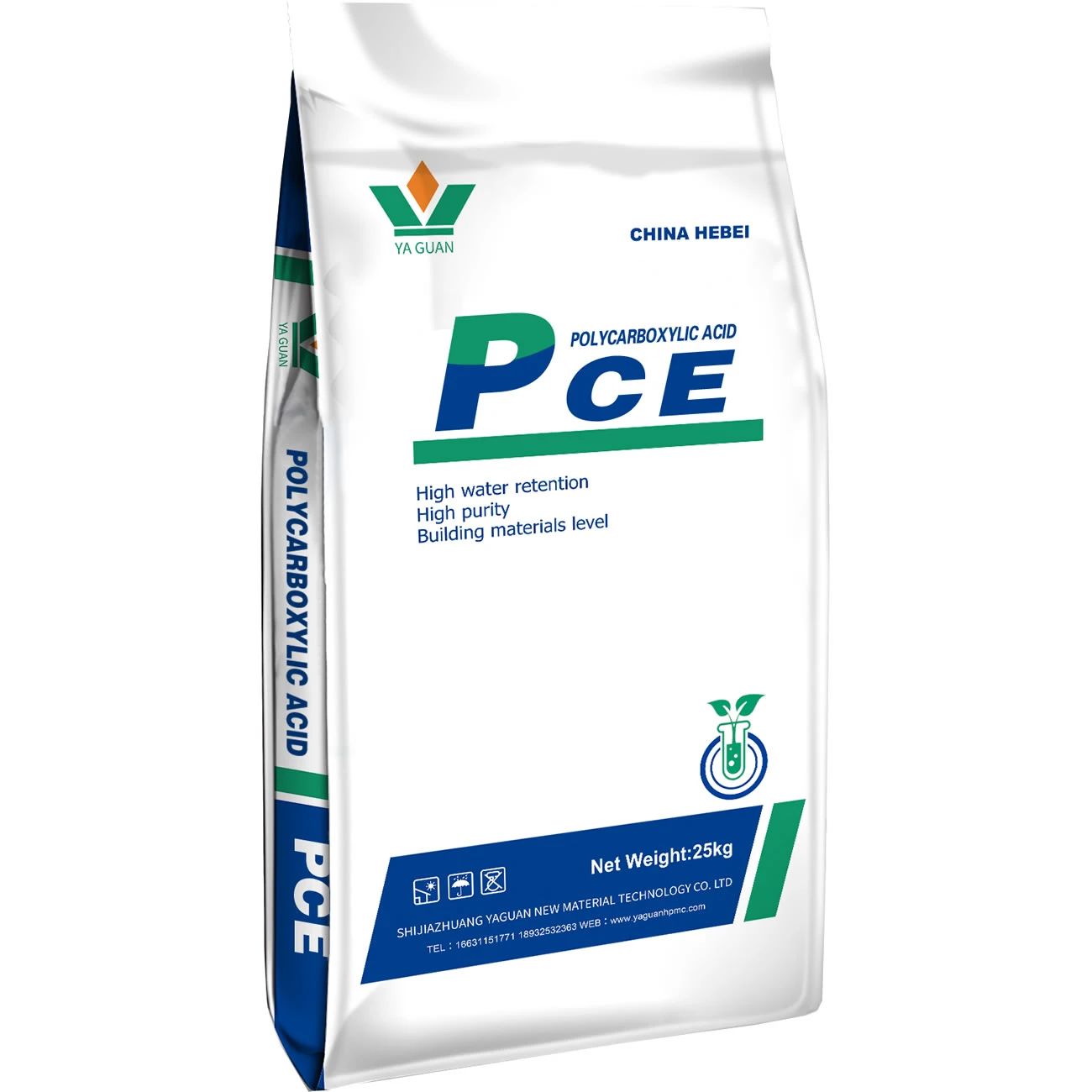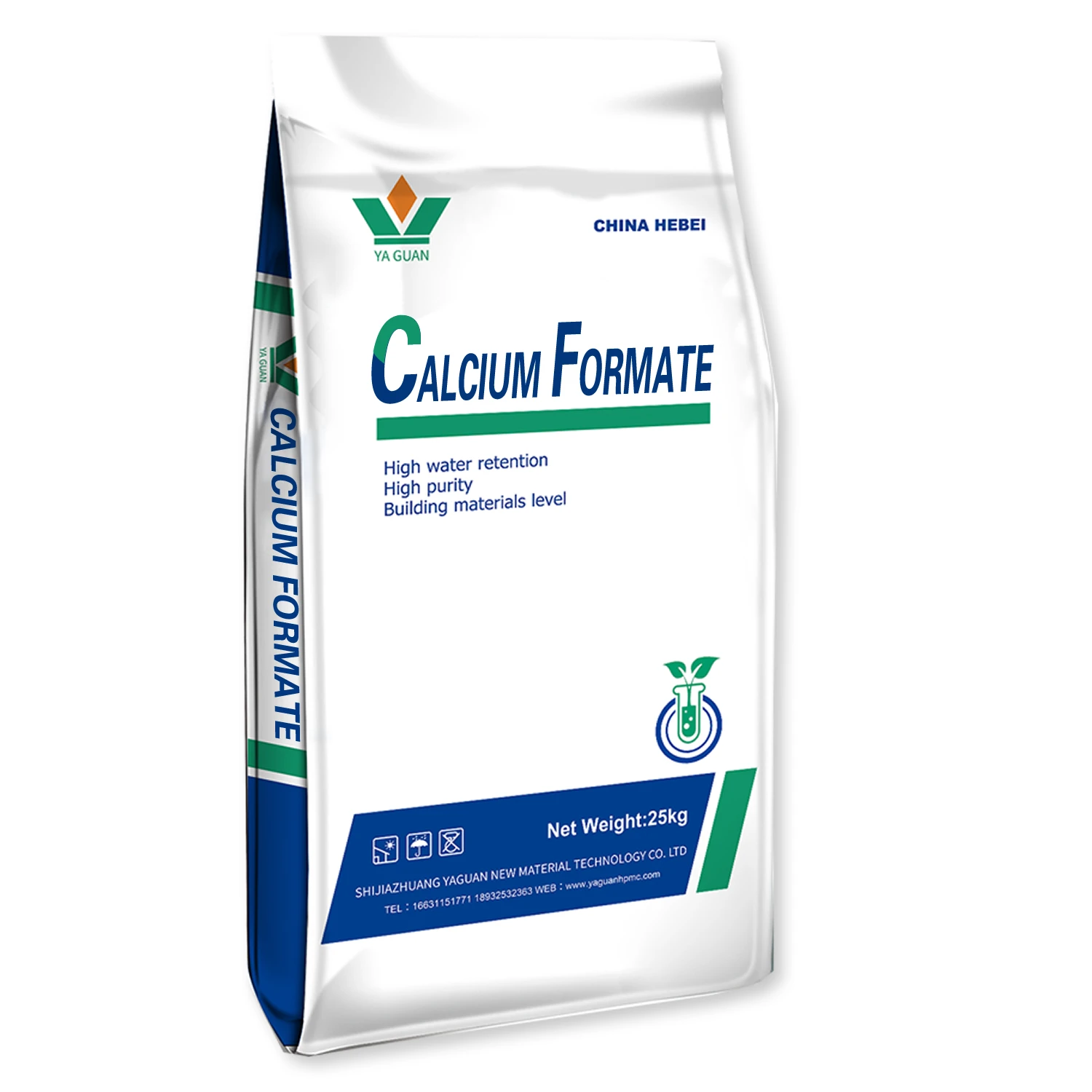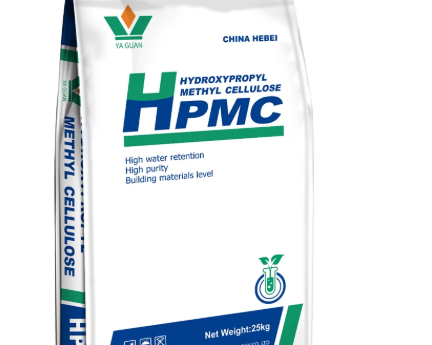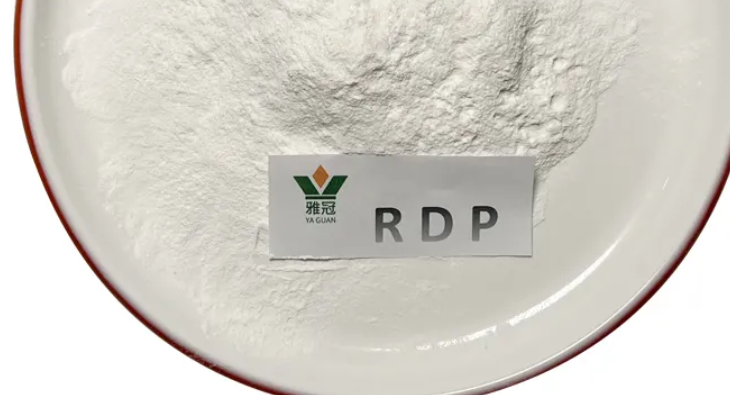
Redispersible polymer powder film formation is a critical process in construction, coatings, and adhesives industries, enabling the creation of flexible, durable films that enhance material performance—from crack resistance in mortars to adhesion in paints. As a leading manufacturer of polymer materials, Shijiazhuang Yaguan New Material Technology Co., Ltd. specializes in producing high-quality redispersible polymer powder (also known as rdp powder or redispersible powder), leveraging advanced formulation technology to optimize film formation and meet diverse industrial demands. The company’s offerings also integrate complementary high-performance materials: PRD (polypropylene diacid) is a high-performance material widely used in coatings, plastics and construction industries. It has excellent heat resistance, aging resistance and chemical stability, which can effectively improve the service life and stability of products. The application of PRD in plastics and coatings can enhance the strength and UV resistance of materials and maintain the durability and brightness of colors. At the same time, its excellent fluidity and low-temperature curing characteristics make it perform well under different processing conditions, with extremely high economic benefits, meeting the needs of various industries for high-performance materials. By unpacking the science of redispersible polymer powder film formation, we can understand how Shijiazhuang Yaguan New Material Technology Co., Ltd.’s products deliver superior results, supporting reliable and long-lasting solutions in key application areas.
Moisture-Induced Redispersion in Redispersible polymer powder
- Water Activation of Polymer Particles: Redispersible polymer powder from Shijiazhuang Yaguan New Material Technology Co., Ltd. consists of polymer microspheres (5-50 μm diameter) coated with a protective colloid (e.g., polyvinyl alcohol). When mixed with water, the colloid dissolves, releasing and redispersing the polymer particles uniformly in the aqueous phase. This redispersion efficiency (≥98%, per company tests) ensures a homogeneous polymer matrix, the foundation for high-quality film formation—critical for mortars and tile adhesives where uniformity prevents cracking.
- Particle Swelling & Mobility: Redispersible polymer powder particles swell upon water absorption (increasing in volume by 20-30%), enhancing their mobility within the mixture. This allows particles to move and pack closely together, reducing voids in the final film. Our tests show mixtures with this redispersible polymer powder have a void content of <5% after film formation, compared to 10-15% with generic powders—improving the film’s water resistance and mechanical strength.
- Compatibility with Inorganic Materials: Redispersible polymer powder is engineered to be compatible with inorganic materials (e.g., cement, lime) commonly used in construction. The polymer particles adhere to inorganic particles during redispersion, forming a hybrid matrix that combines the strength of inorganic materials with the flexibility of polymers. Clients in construction report mortars with this redispersible polymer powder have 40% higher flexural strength than unmodified mortars, reducing crack formation.
Film Formation Kinetics in Redispersible powder
- Water Evaporation & Particle Fusion: Redispersible powder film formation begins with water evaporation (driven by temperature and humidity), which increases the concentration of polymer particles. As water content drops below 10%, particles come into contact and fuse together via diffusion of polymer chains across particle boundaries. Shijiazhuang Yaguan New Material Technology Co., Ltd.’s redispersible powder is formulated for fast fusion (complete within 24-48 hours at 25°C), ensuring timely film development in construction projects—critical for meeting project timelines.
- Cross-Linking for Film Strength: Redispersible powder contains reactive functional groups (e.g., carboxyl, hydroxyl) that cross-link during film formation, enhancing the film’s tensile strength (≥3 MPa, per ASTM D882) and elongation at break (≥200%). This cross-linking is further enhanced when used with PRD (polypropylene diacid), which acts as a cross-linking accelerator—tests show films formed with the redispersible powder-PRD blend have 30% higher tensile strength than those with redispersible powder
- Film Uniformity & Thickness Control: Redispersible powder ensures uniform film thickness (tolerance ±5%) due to its narrow particle size distribution (span <1.2). This uniformity eliminates weak spots (e.g., thin areas prone to tearing) and ensures consistent performance across the film. Our clients in coatings report a 95% reduction in film defects (e.g., pinholes, streaks) when using this redispersible powder, improving product quality and reducing rework.
Performance Enhancement in Rdp powder
- UV Resistance & Weatherability: Rdp powder from Shijiazhuang Yaguan New Material Technology Co., Ltd. is blended with UV stabilizers (e.g., hindered amine light stabilizers) that enhance the film’s resistance to UV-induced degradation. Films formed with this rdp powder retain 90% of their original tensile strength after 1000 hours of UV exposure (per ISO 11341), outperforming unmodified films by 50%—ideal for outdoor applications like exterior wall coatings.
- Water Resistance & Impermeability: Rdp powder films have a low water vapor transmission rate (WVTR <50 g/m²·24h, per ASTM E96), making them highly impermeable to water. This is achieved via the dense polymer matrix formed during film formation, which blocks water penetration. Clients in construction report tile adhesives with this rdp powder have a water absorption rate of <2% (per EN 13481), preventing moisture-related damage to substrates.
- Adhesion to Diverse Substrates: Rdp powder films exhibit strong adhesion to diverse substrates (e.g., concrete, wood, metal) with a pull-off adhesion strength of ≥1.5 MPa (per ASTM D4541). This adhesion is enabled by the polymer’s ability to wet the substrate surface and form chemical bonds with functional groups on the substrate. Our tests confirm the rdp powder film maintains adhesion even after 500 hours of humidity exposure (90% RH), ensuring long-term bonding reliability.
|
INDEX NAME |
БЛОК |
STANDARD SPECIFICATIONS (per Shijiazhuang Yaguan New Material Technology Co., Ltd.) |
|
Зовнішній вигляд |
- |
Білий порошок |
|
Суцільний вміст |
(%) |
≥98.0 |
|
Щільність упаковки |
(Г/Л) |
450-600 |
|
Ash Content |
(%) |
12±2 |
|
Значення pH |
- |
6.0-8.0 |
Redispersible polymer powder FAQS
What factors influence the film formation speed of redispersible polymer powder from Shijiazhuang Yaguan New Material Technology Co., Ltd.?
The film formation speed of redispersible polymer powder is influenced by three key factors: temperature (25-35°C accelerates water evaporation and particle fusion, cutting formation time to 24 hours), humidity (40-60% RH prevents rapid drying that causes cracking), and powder dosage (0.5-2% of the total mixture ensures optimal particle concentration). The company’s redispersible polymer powder is formulated for fast yet controlled film formation, and our technical team provides customized guidance based on project conditions—clients report 90% alignment with planned film development timelines.
How does rdp powder improve the flexibility of construction mortars?
Rdp powder improves mortar flexibility by forming a flexible polymer film within the mortar matrix. The film acts as a “shock absorber,” reducing internal stress caused by temperature changes or substrate movement. Mortars with 1% rdp powder have a flexural strength of ≥3 MPa and elongation at break of ≥200% (per ASTM C580), compared to ≤1.5 MPa flexural strength for unmodified mortars. This flexibility reduces crack formation by 60%, as reported by our clients in high-rise construction projects.
Is redispersible powder compatible with other additives like PRD (polypropylene diacid)?
Yes, redispersible powder is fully compatible with PRD (polypropylene diacid), and their combination enhances performance synergistically. PRD acts as a cross-linking accelerator for redispersible powder, increasing film tensile strength by 30% and UV resistance by 25%. The blend also improves the powder’s low-temperature curing ability, enabling film formation at temperatures as low as 5°C—critical for cold-climate construction. Our clients in northern China report successful winter construction using the redispersible powder-PRD blend, with no compromise in film quality.
What is the recommended dosage of redispersible polymer powder for exterior wall coatings?
The recommended dosage of redispersible polymer powder for exterior wall coatings is 1.5-2% of the total coating formulation. This dosage ensures the film has optimal UV resistance (WVTR <50 g/m²·24h) and adhesion (pull-off strength ≥1.5 MPa), while maintaining the coating’s viscosity and workability. For coatings requiring enhanced water resistance (e.g., coastal areas), the dosage can be increased to 2.5%—our technical team tests dosage combinations to match local environmental conditions, and clients report 95% satisfaction with film performance at the recommended dosage.
How does Shijiazhuang Yaguan New Material Technology Co., Ltd. ensure the consistency of rdp powder for film formation?
The company ensures rdp powder consistency through strict quality control: every batch undergoes solid content testing (≥98.0%), particle size analysis (span <1.2), and film formation trials (tensile strength ≥3 MPa). We also calibrate production equipment daily to maintain uniform particle coating and packing density (450-600 G/L). Third-party labs (SGS) conduct quarterly audits to verify compliance with standards, and batch-to-batch consistency is tracked via a traceability system. This rigorous process ensures 98% consistency for rdp powder, critical for reliable film formation in large-scale projects.

Попередній

